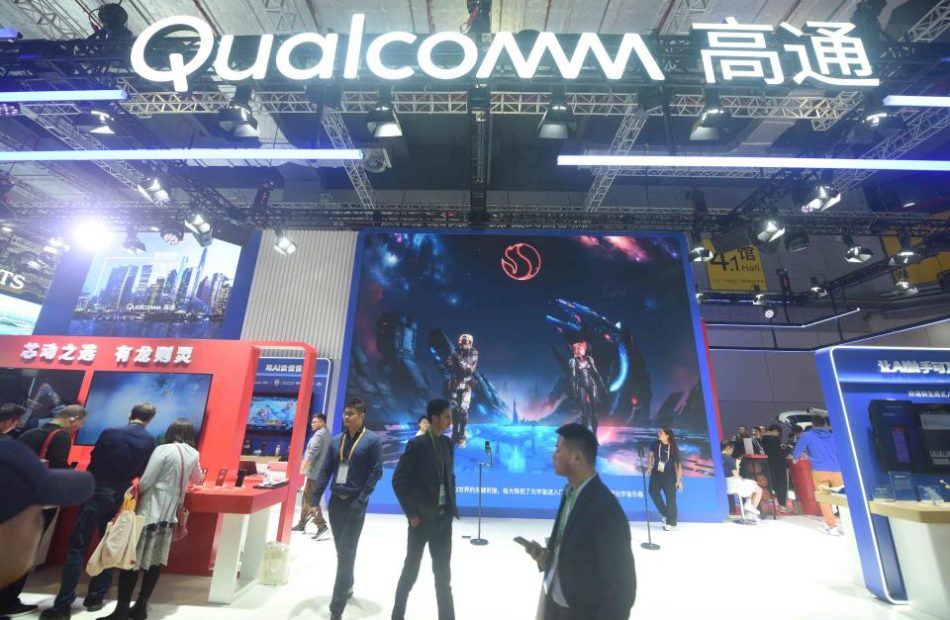MILPITAS, Calif., Sept. 6, 2024 /PRNewswire/ — Zepp Health Corporation (“Zepp Health” or the “Company”) ZEPP, a global leader in smart wearables and health technology, today announced that it will change the ratio of its American depositary shares (“ADSs”) to its Class A ordinary shares (the “ADS Ratio”) from one (1) ADS representing four (4) Class A ordinary shares to one (1) ADS representing sixteen (16) Class A ordinary shares.
For the Company’s ADS holders, the change in the ADS Ratio will have the same effect as a one-for-four reverse ADS split. A post-effective amendment to the ADS Registration Statement on Form F-6 will be filed with the SEC to reflect the change in the ADS Ratio. The Company anticipates that the change in the ADS Ratio will be effective on or about September 16, 2024 (U.S. Eastern Time), subject to the effectiveness of the post-effective amendment to the ADS Registration Statement on Form F-6 on or before that date.
Each ADS holder of record at the close of business on the date when the change in ADS Ratio is effective will be required to surrender and exchange every four (4) existing ADSs then held for one (1) new ADS. Deutsche Bank Trust Company Americas, as the depositary bank for the Company’s ADS program, will arrange for the exchange of the current ADSs for the new ones.
No fractional new ADSs will be issued in connection with the change in the ADS Ratio. Instead, fractional entitlements to new ADSs will be aggregated and sold by the depositary bank and the net cash proceeds from the sale of the fractional ADS entitlements (after deduction of fees, taxes and expenses, where applicable) will be distributed to the applicable ADS holders by the depositary bank. The change in the ADS Ratio will have no impact on the Company’s underlying Class A ordinary shares, and no Class A ordinary shares will be issued or cancelled in connection with the change in the ADS Ratio. The Company’s ADSs will continue to be traded on the New York Stock Exchange under the ticker symbol “ZEPP.”
As a result of the change in ADS Ratio, the ADS trading price is expected to increase proportionately, although the Company can give no assurance that the ADS trading price after the change in the ADS Ratio will be equal to or greater than four times the ADS trading price before the change.
About Zepp Health Corporation
Zepp Health ZEPP, a global smart wearable and health technology leader, empowers users to live their healthiest lives through its leading consumer brands, including Amazfit, Zepp Clarity, and Zepp Aura. Leveraging its proprietary Zepp Digital Health Management Platform, Zepp Health delivers actionable insights and guidance to users worldwide. With a presence in over 90 countries and a robust ecosystem of products and services, Zepp Health is at the forefront of advancing wearable intelligence and digital health technology.
For more information on Zepp Health and its products, please visit www.zepp.com.
Safe Harbor Statement
This announcement contains forward-looking statements. These statements are made under the “safe harbor” provisions of the U.S. Private Securities Litigation Reform Act of 1995. These forward-looking statements can be identified by terminology such as “will,” “expects,” “anticipates,” “future,” “intends,” “plans,” “believes,” “estimates,” “confident” and similar statements. Statements that are not historical facts, including statements about the Company’s beliefs and expectations, are forward-looking statements. Forward-looking statements involve inherent risks and uncertainties. A number of factors could cause actual results to differ materially from those contained in any forward-looking statement, including but not limited to the following: the cooperation with Xiaomi, the recognition of the Company’s self-branded products; the Company’s growth strategies; trends and competition in global wearable technology market; changes in the Company’s revenues and certain cost or expense accounting policies; governmental policies relating to the Company’s industry and general economic conditions in China and the global. Further information regarding these and other risks is included in the Company’s filings with the United States Securities and Exchange Commission. All information provided in this press release and in the attachments is as of the date of this press release, and the Company undertakes no obligation to update any forward-looking statement, except as required under applicable law.
For investor and media inquiries, please contact:
Zepp Health Corporation
Grace Yujia Zhang
Email: ir@zepp.com
Piacente Financial Communications
Email: zepp@tpg-ir.com
![]() View original content:https://www.prnewswire.com/news-releases/zepp-health-corporation-announces-plan-to-implement-ads-ratio-change-302240505.html
View original content:https://www.prnewswire.com/news-releases/zepp-health-corporation-announces-plan-to-implement-ads-ratio-change-302240505.html
SOURCE Zepp Health Corp.
Market News and Data brought to you by Benzinga APIs
© 2024 Benzinga.com. Benzinga does not provide investment advice. All rights reserved.


















